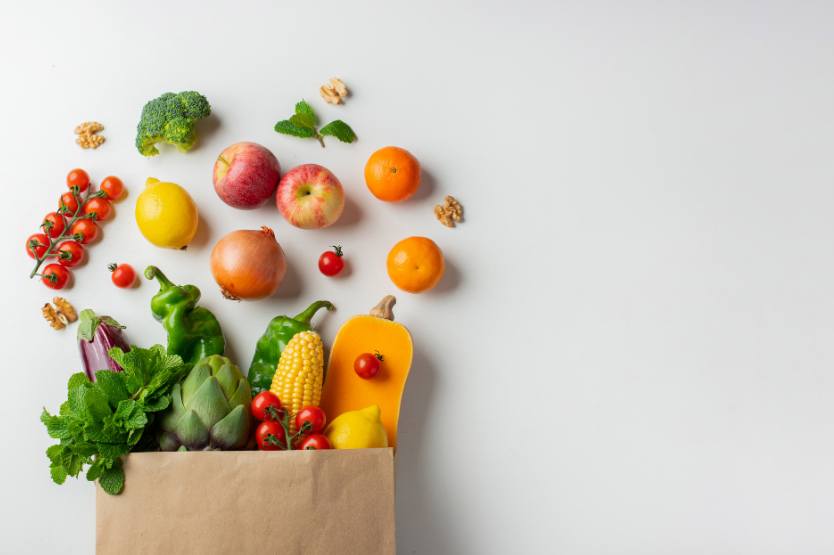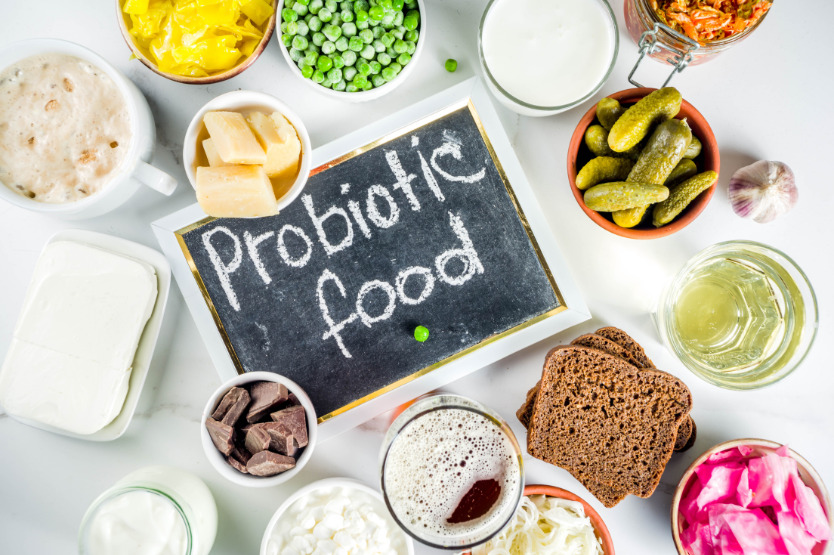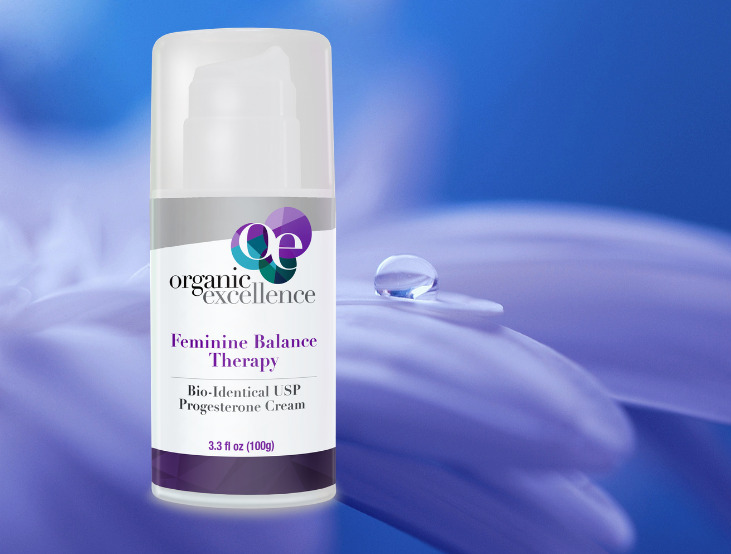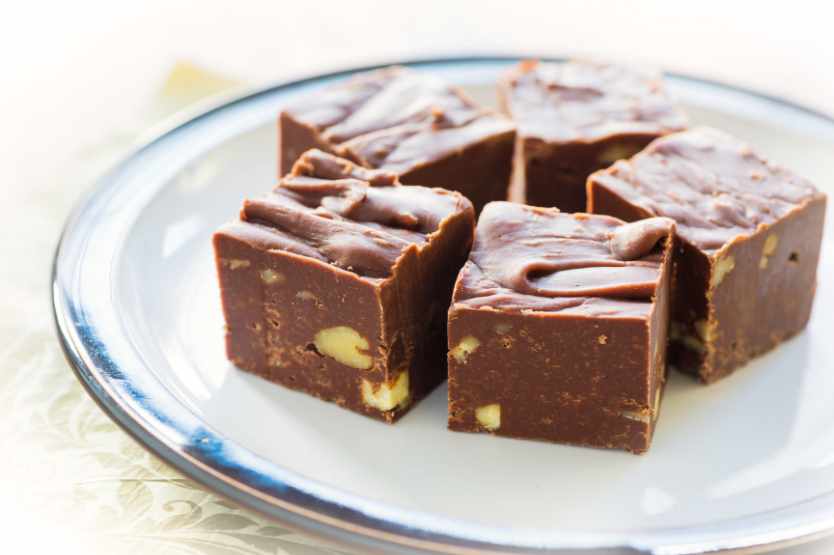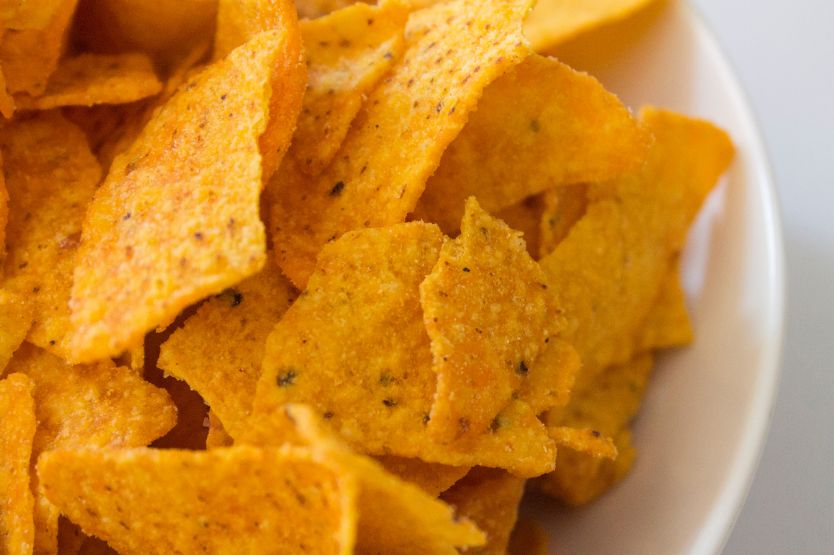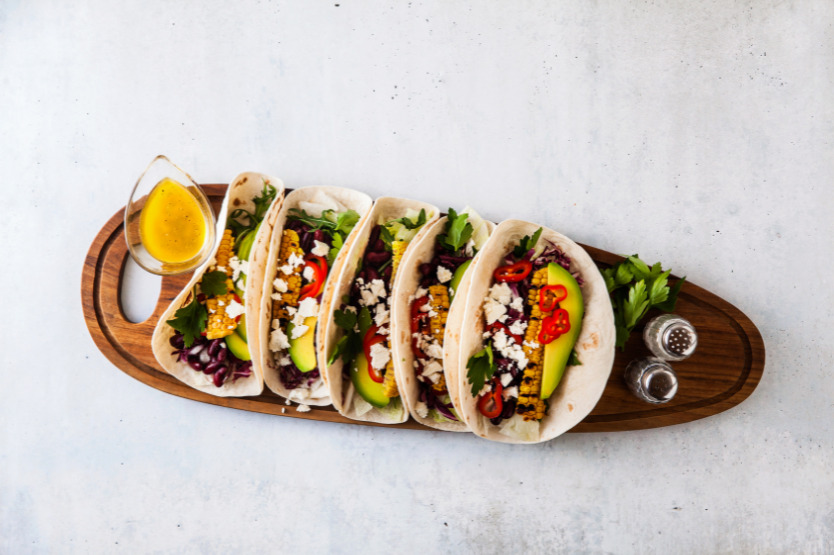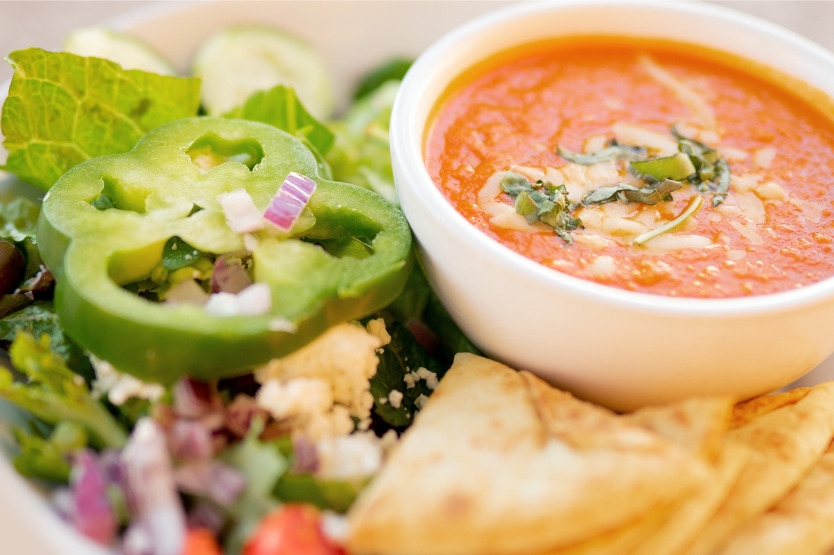Week 12: Kick Those Hydrogenated Fats to The Curb – 52 Weeks of Wellness
Last week we learned about what makes hydrogenated products bad for you. It isn’t necessarily because they are fatty. Fats aren’t really the problem, rather the processing and chemical alterations of the fats are the issue.
The health dangers of hydrogenated products (trans fats) include:
- They are free radicals.
- They not only raise LDL (bad) cholesterol, they lower protective HDL (good) cholesterol level.
- They decrease `good’ prostaglandin formation (more on that later).
- They are suspected of being a major contributing factor to cancers and heart disease.
- They increase body weight.
- They alter numerous reactions within the body, creating havoc. This can lead to disease.
How Hydrogenation Works:
The process of hydrogenation is primarily used to extend product shelf life and is a process that polyunsaturated fatty acids (liquid oils) go through to turn them into fats that are solid at room temperature, i.e. margarine and shortening. In terms of hydrogenation, often the cheapest products available are used, such as soy, corn, canola, or cottonseed. Often times the cheaper products also mean they are GMO.
These cheaper oils are typically already rancid from the extraction method. Also, metal particles (usually nickel oxide) are added to the oil mixture. Then mixture is subjected to hydrogen gas in a high pressure, high temperature reactor. This forces the breaking of the existing double bonds between the carbons (C’s) and therefore, forces the addition of extra hydrogen (H’s), hence the term hydrogen-ation. (Remember the mini chemistry lesson with the H’s and double bonds.)
Next, soap-like emulsifiers and starch are added into the mixture to give it better consistency. It is then subjected to high temperatures again when it is steam-cleaned to remove its unpleasant (rancid) odor. Margarine’s natural color (an unappetizing grey) is removed with bleach cause who would buy it looking that way? Lastly, dyes and strong flavors are then added to make the product resemble butter and be more appealing to the customer.
The most common place you’ll find hydrogenated fats (also known as trans fats) are in oils, both cooking oils and salad dressing oils. Remember, hydrogenated oils aren’t problematic because of the source plants they come from (unless they come from plants that are genetically modified), they are typically an issue because of how they are prepared and preserved.
This is where olive oil becomes quite confusing and it is a great example to discuss. Cold pressed olive oil is great but not for cooking. As we learned last week, oils become rancid in varying degrees of heat and olive oil is no exception.
“Well, I thought olive oil was supposed to be healthy for you.”
It is, when processed correctly and used for salad dressings and such. However, it is not a cooking oil. Luckily there are a number of heat safe cooking oils you can choose from such as: grapeseed, coconut oil or avocado oil.
The biggest step you can take to reducing your hydrogenated fats is switching your oils. Fats/oils I avoid are canola, corn, vegetable and soy plus margarine (what is this stuff anyway?).
Week 12 action step:
Kick those hydrogenated fats to the curb by replacing them with good fats. Remember, the body needs good fats for prostaglandin metabolism.
Prostaglandins are precursors to hormones that are vitally important for the regulation of
- Inflammation, pain, and swelling
- Blood pressure
- Heart function
- Blood clotting and platelet (red blood cell) aggregation (stickiness)
- Gastrointestinal function and secretions
- Kidney function and fluid balance
- Allergic response
- Immune response
- Nerve transmission
- Steroid production and hormone synthesis
Low levels of this Omega-3 fatty acid have been linked to mood changes, memory loss, and visual problems. In a Swedish study, elderly patients with Alzheimer’s disease were found to have lower levels of EFAs than healthy older people. Studies at Purdue University showed that children diagnosed with ADHD had lower levels of essential fatty acids.
Get your family/children who are picky eaters to obtain their EFA’s by:
- sneaking an avocado or chia seeds in a fruit smoothie,
- make a homemade salad dressing with 2 parts EVOO, 1 part vinegar (any that you prefer) and 1 tsp of agave or honey (per serving) to sweeten.
- Include wild fish once a week. When’s the last time you ate sardines? You can buy in water without the bones or heads so they aren’t so scarey.
- Find a local farmer selling eggs from chickens that you can see free ranging & eating grass and bugs.
- Whip up some chia seeds and sneak them in oatmeal (after it has cooked).
Share with us in the comments below how you’ve added in more good fats or removed some bad fats.





